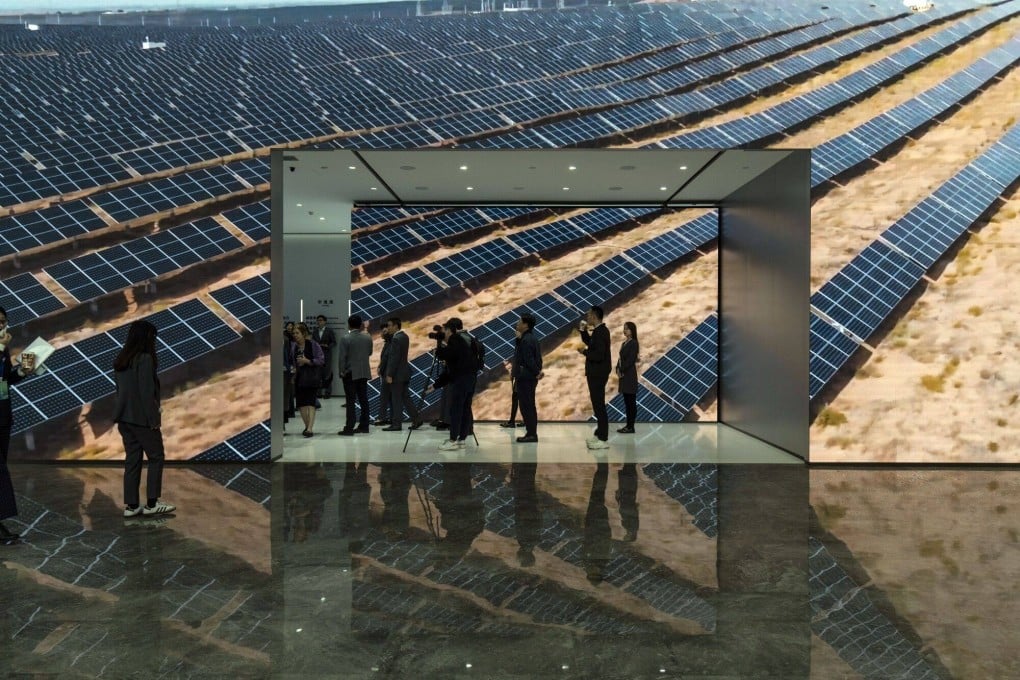Opinion | How progress, not just profit, drives China’s approach to industry
- Rather than being out to undermine economies around the world, China’s economic policy is based on foresight, efficiency and commitment to scale
- Decoupling would not only disrupt supply chains but increase the cost of the global energy transition amid our ongoing climate struggle

In the view of the US, China’s expanding industrial capabilities could spell disaster for international markets, and Chinese overproduction might undermine the very foundations of economies around the world. Yet, through a different lens, what the US decries as overcapacity might instead be seen as the fruit of foresight, efficiency and an unerring commitment to scale.
Key metrics indicate Washington’s allegations of overcapacity against China may be more fear than reality. China’s industrial capacity utilisation rate is 73.6 per cent, comparable to the US’ 78.4 per cent. In terms of inventory levels, China’s index stood at 49 in March, similar to the US’ 48. Meanwhile, Chinese new export orders rose to 51.3 per cent in March, as China’s industrial profits continue to grow.
Never mind the threat of more tariffs: China’s ability to compete on cost makes it resilient to such international pressure. As its industries continue to offer products at prices too competitive for global markets to resist, even increased tariffs are unlikely to slow China’s economic engine.
China’s strategy, marked by significant investments in technology and infrastructure, reflects not just an ambition to lead but also a philosophical departure from the Western emphasis on profitability. From this perspective, China’s industrial capacity should be understood not as overcapacity, but as a strategic outcompeting of the US in scale, cost and efficiency.
The story here is not just simple economic rivalry, but rather the deep differences in how the two nations view progress and prosperity. In contrast to the US’ focus on profit-driven innovation, China embraces widespread adoption, prioritising long-term dominance through cost leadership.

